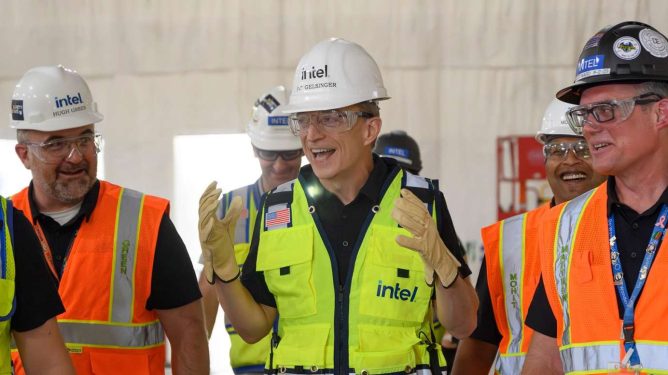SpaceX’s Ambitious Plans for Starlink Deployment
SpaceX is significantly increasing the stakes in its Starship test flight program, with the upcoming launch expected to demonstrate payload deployment for the first time. The payload in question will be 10 Starlink "simulators" that are similar in size and weight to the next-gen satellites SpaceX plans to use Starship to deploy in space.
What Are Starlink Simulators?
The Starlink simulators will travel on the same trajectory as the upper stage, also called Starship, and splash down in the Indian Ocean. These model spacecraft are designed to mimic the performance of the operational version of these satellites, known as V3. The V3 satellites will likely be the first real payloads Starship flies.
Why Is This a Big Deal?
The introduction of V3 satellites is crucial for SpaceX’s plans to rapidly deploy its Starlink satellite constellation and reduce costs per satellite launched. Currently, SpaceX launches Starlink using its workhorse Falcon 9 rocket. However, the next-gen V3 satellites are expected to be much heavier than the current V2 Mini spacecraft.
The Benefits of Starship’s Payload Capacity
Thanks to Starship’s incredible payload capacity, SpaceX plans to deploy 60 V3 satellites per Starship launch. This will add 60 terabits per second of capacity to the Starlink network. Per satellite, that equals out to more than 10 times the downlink and 24 times the uplink capacity compared to the V2 Mini satellites.
Upgrades to the Rocket
In a blog post ahead of the seventh test launch, which is expected to take place later this month, the company said it is introducing a slew of upgrades to the rocket. These include improvements to the propulsion system, avionics, and heat shield that SpaceX says will boost reliability and performance.
What Upgrades Can We Expect?
The blog post highlights several key upgrades:
- Propulsion System: Improvements to the propulsion system will enable more efficient and reliable operation.
- Avionics: Enhanced avionics systems will improve navigation and control capabilities.
- Heat Shield: Upgraded heat shields will provide better protection for the vehicle during re-entry.
Catching the Super Heavy Booster
During this test, SpaceX will attempt to "catch" the Super Heavy booster, a feat that the company accomplished for the first time during the fifth test in October. This achievement marks a significant milestone for Starship development and demonstrates the vehicle’s ability to recover boosters after launch.
The Road Ahead
The upcoming test flight is a critical step towards SpaceX’s goal of deploying its next-gen Starlink satellites using Starship. With the introduction of V3 satellites, the company aims to rapidly expand its satellite constellation and reduce costs per satellite launched. The success of this mission will be crucial in determining the future of Starlink deployment.
Key Takeaways
- SpaceX is upping the ante with its next-gen Starship test flight program.
- The upcoming launch will demonstrate payload deployment for the first time using 10 Starlink simulators.
- The introduction of V3 satellites is critical for rapid deployment and cost reduction in Starlink satellite constellation.
- Starship’s incredible payload capacity will enable deployment of 60 V3 satellites per launch, adding significant capacity to the Starlink network.
Related Reading






